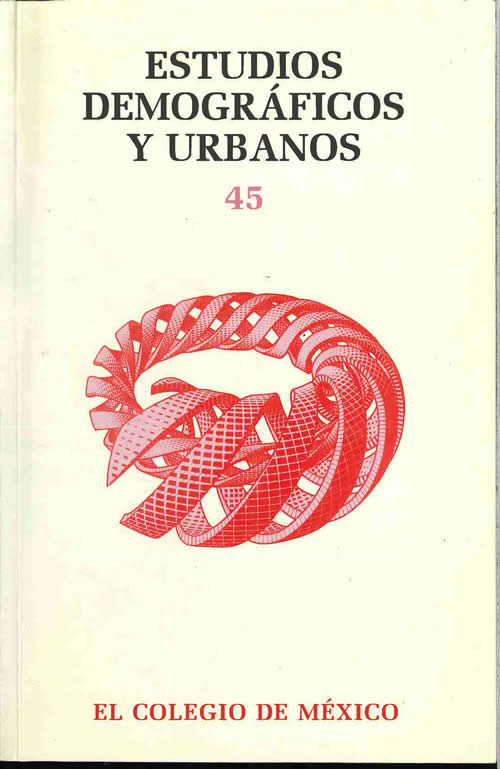Published 2000-09-01
Keywords
- desigualdad regional,
- integración económica
How to Cite
-
Abstract938
-
PDF (español)790
Downloads
Copyright (c) 2000 Estudios Demográficos y Urbanos

This work is licensed under a Creative Commons Attribution-NonCommercial-NoDerivatives 4.0 International License.
Metrics
Abstract
The article begins by analyzing the dynamics of regional inequalities in the total GDP in Mexico from 1970-1990, in order to determine whether during the 1990s, which were marked by Mexico's openness to international trade, there were significant modifications in the territorial organization of economic activities characterized by the preeminence of Mexico City. It then studies the regional growth of the urban population between 1970 and 1995 and its distribution by size of city. Thirdly, it reviews the urban and regional policies of federal government during the 1990s to clarify the status of policies involving the deconcentration of economic activities and the population in national territory. It concludes that the urban laissez-faire policies implemented by federal and state governments, together with the globalization of the economy, will promote polycentric concentration in two or three cities, dominated by the megalopolis in the center of the country.


